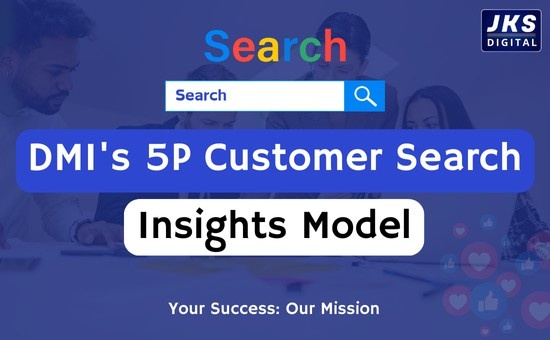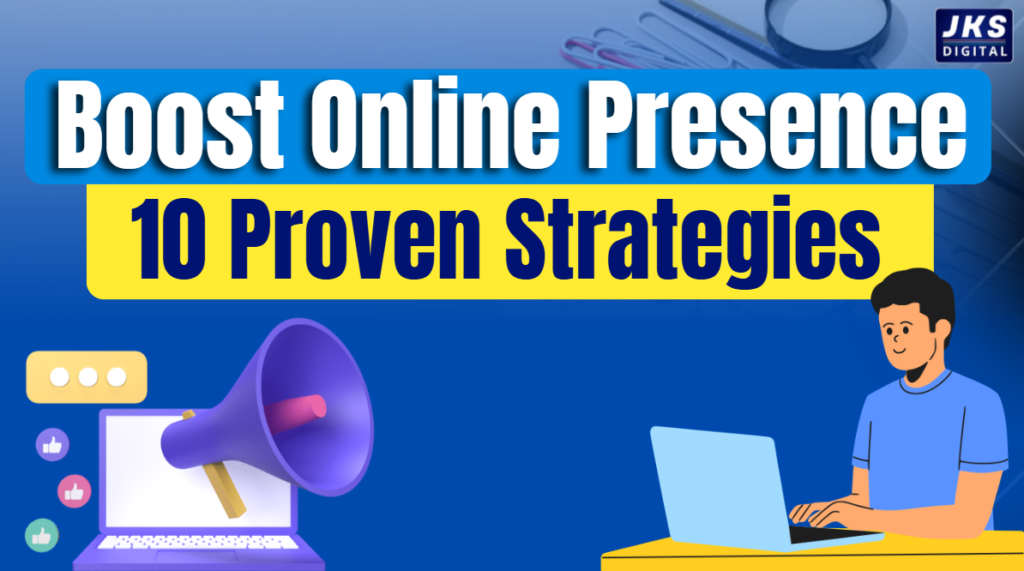DMI’s 5P Customer Search: In today’s fast-paced digital world, understanding customer search behavior is crucial for businesses that aim to stay ahead of the competition. With millions of searches happening every second, knowing what drives these searches and how to cater to them can greatly enhance your marketing strategy. Enter the DMI’s 5P Model, a proven framework that helps businesses unlock the mysteries behind customer search behavior and transform their digital marketing efforts.

Let’s break down the 5Ps—People, Problems, Platform, Process, and Purpose—and explore how each element contributes to decoding customer intent and behavior.
1. People: Identifying Your Audience
The first step in understanding customer search behavior is knowing who your customers are. This involves:
- Demographics: Gender, age, location, and other basic characteristics.
- Psychographics: Interests, values, and lifestyle choices.
- Behavioral Patterns: Frequency of searches, keyword usage, and customer preferences.
For example, a clothing brand targeting millennials may focus on trends and casual styles, while a business catering to senior citizens may prioritize comfort and practicality. By understanding your audience, you can craft personalized content that resonates with their needs, ensuring better marketing results.
2. Problems: Addressing Customer Pain Points
Every search begins with a problem or need. Identifying these pain points is essential. Customers search for solutions to challenges such as:
- Finding the best product or service.
- Learning how to solve a specific problem.
- Comparing options before making a decision.
By understanding the common problems faced by your target audience, you can create content that directly addresses these needs. For instance, a skincare company could create content around topics like “How to reduce acne” or “Best moisturizers for dry skin.”
Read also – When to Do Content Marketing? Know the Right Strategy and Timing
3. Platform: Knowing Where They Search
Customers use various platforms to search for information, including:
- Search Engines: Google, Bing, Yahoo, etc.
- Social Media: Instagram, Facebook, Twitter, and other platforms.
- E-commerce Sites: Amazon, eBay, and others for product-related searches.
Knowing where your audience is searching helps optimize your presence across these platforms. For instance, if your customers predominantly use mobile devices, ensure your website is mobile-friendly and optimized for local searches.
4. Process: Mapping the Customer Journey
Understanding the steps a customer takes in their search journey is vital. This process typically involves:
- Awareness: Recognizing a need or problem.
- Consideration: Researching solutions and comparing options.
- Decision: Making a purchase or taking action.
By analyzing this journey, you can tailor your marketing strategies to meet customers at each stage. For example, content like blogs or videos can cater to the awareness stage, while product comparison pages or testimonials can help during the decision-making phase.
Read also – Facebook Ads Strategies: Drive Engagement and Boost Conversions
5. Purpose: Decoding Search Intent
The intent behind a search typically falls into three categories:
- Informational Intent: The user is looking for knowledge or information (e.g., “What is digital marketing?”).
- Navigational Intent: The user is trying to reach a specific website or brand (e.g., “Amazon login”).
- Transactional Intent: The user is ready to make a purchase or take action (e.g., “Buy smartphones under $500”).
Understanding search intent allows you to tailor content to what the user is seeking. If the intent is transactional, focusing on product pages, discounts, or CTAs can drive conversions.
Why Use DMI’s 5P Model?
The DMI’s 5P Model offers a customer-centric approach to digital marketing. Here’s how it can benefit your business:
- Personalized Marketing: By understanding your audience and their problems, you can deliver highly relevant content.
- Improved Visibility: Optimizing your presence on the right platforms ensures your business is easily discoverable.
- Enhanced Conversions: Aligning your marketing with the customer journey and intent boosts the likelihood of conversions.
- Data-Driven Decisions: The model provides actionable insights that help make smarter marketing decisions, reducing guesswork.
Read also – Social Media Growth Strategies: Top Tips for 2025
Conclusion
Understanding customer search behavior doesn’t have to be a guessing game. With DMI’s 5P Model, you can systematically decode your audience’s needs and tailor your marketing strategies to meet them effectively. By focusing on the 5Ps—People, Problems, Platform, Process, and Purpose—you’ll gain valuable insights that will help you craft strategies that resonate with your customers and drive tangible results.





